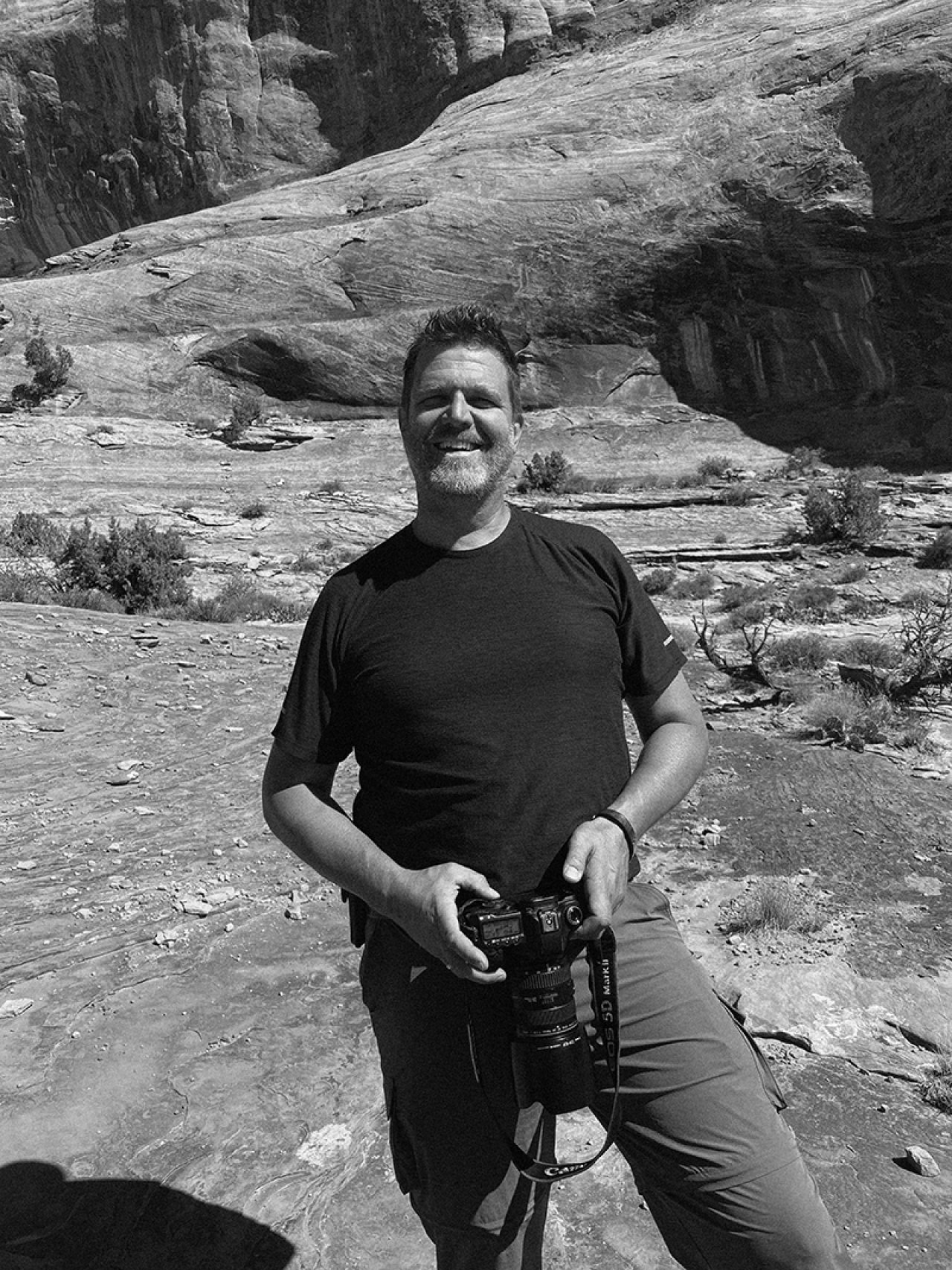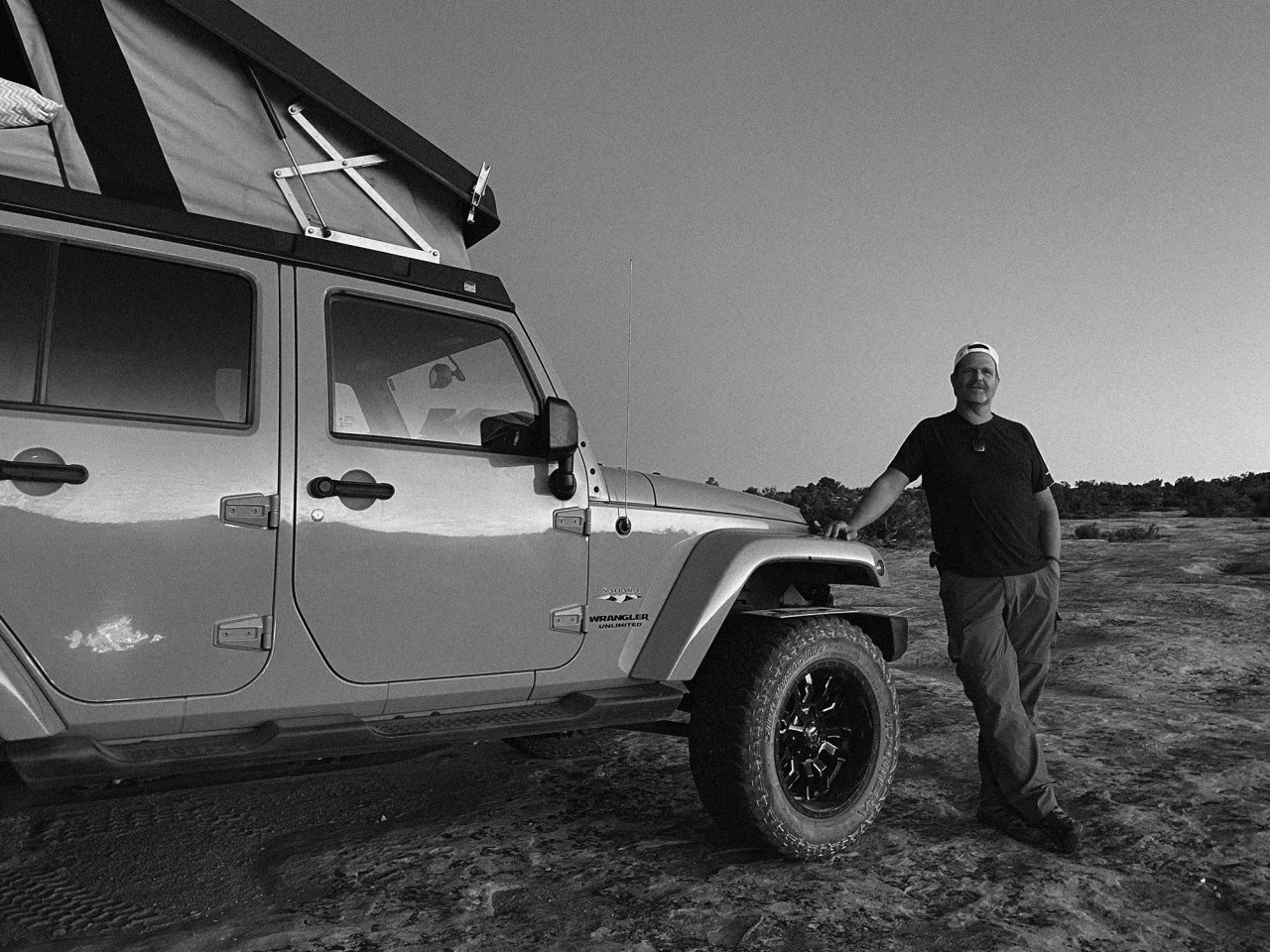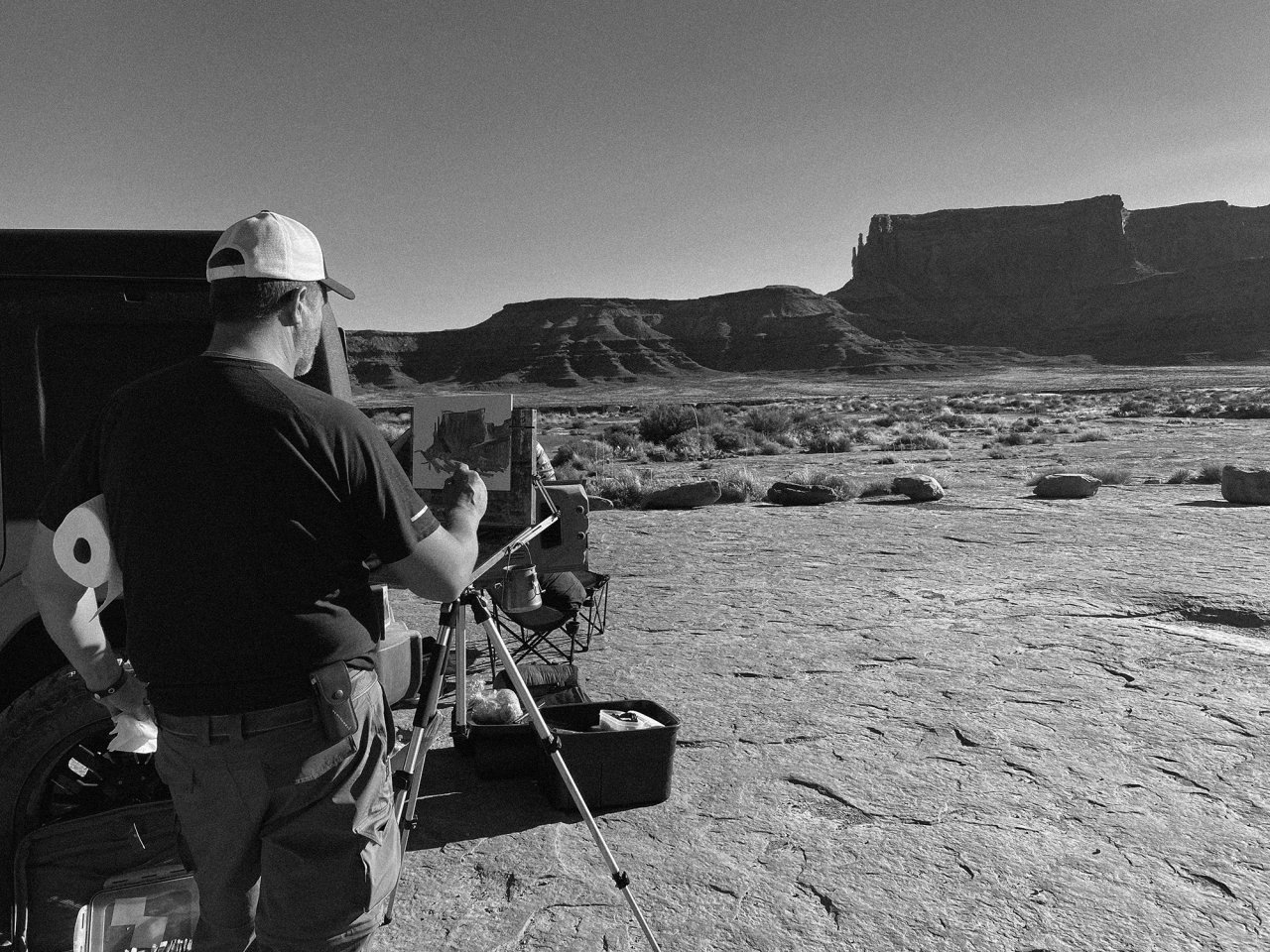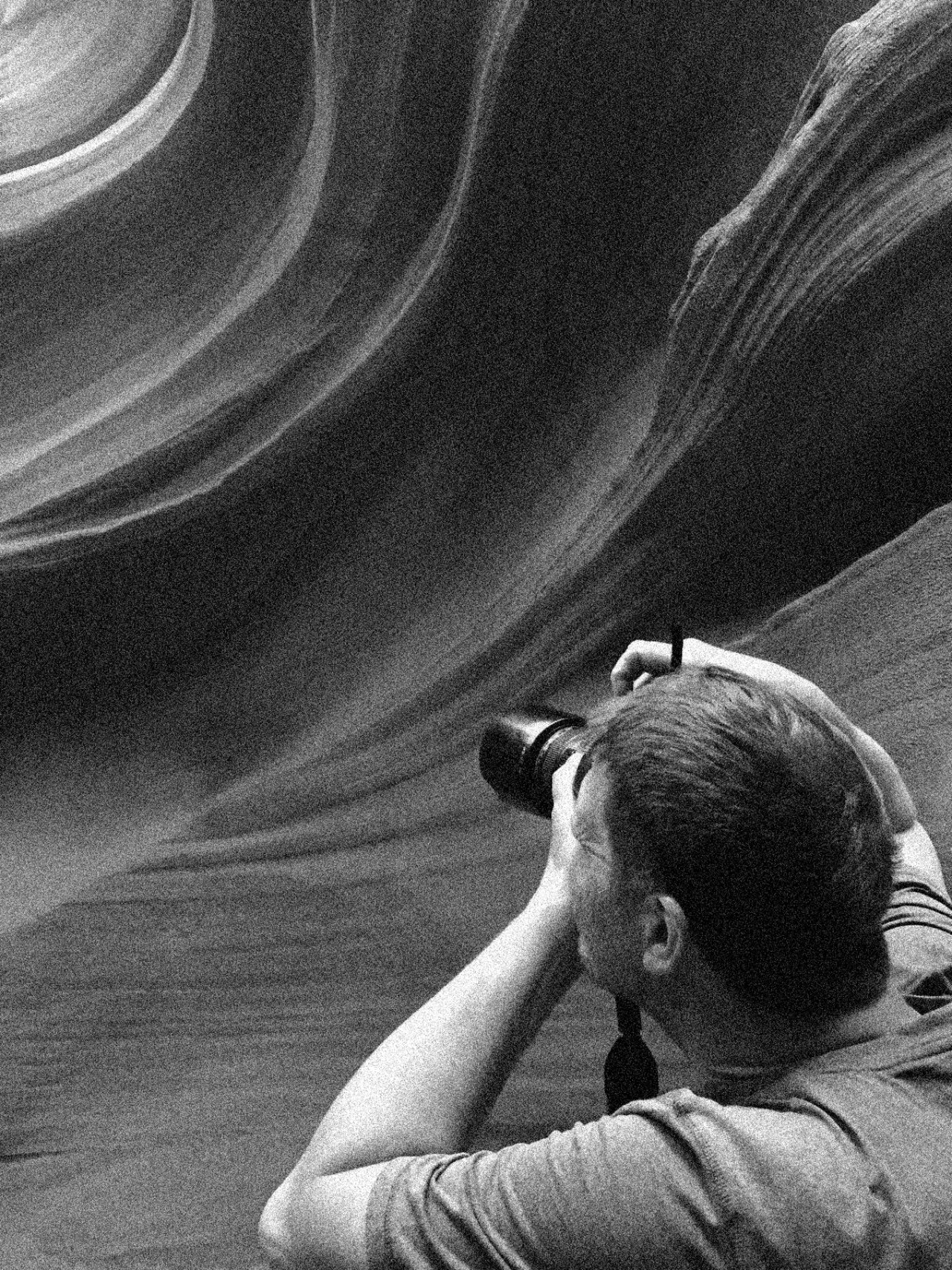
Biography
Live Artfully
On a cold winter night in 1979 an accidental explosion in the backyard of a Burlington, ON residence nearly killed a young boy. As the blast threw the lad to the ground he instinctively raised his hands to his face and covered his eyes, shielding them from the flames and the heat. It was a move that would protect the boy’s future as an accomplished visual artist.
Forty years later, Jason Bouwman is now the principal and creative director of Compass Creative Studio, a brand design consultancy based in Southern Ontario. He has been creating effective visual communications for over 30 years, beginning his career as an illustrator and graphic designer while still enrolled in Sheridan College’s Technical illustration program.
Over the years, he has helped many organizations and businesses express their mission & vision and develop their brands' identities. His personal philosophy to “live artfully” sits at the heart of Compass Creative. He's also written and illustrated two books as a way of processing his unique observations for the world and our place in it.
Jason's art has been used by the Royal Canadian Mint. Commissions from the Mint have included designs for both circulation and non-circulation coins.
It is landscape painting, however, that remains his biggest passion. His landscape paintings are typically completed "en plein air" meaning on location in the open air. His work is included in private and corporate collections, both locally and abroad. He has shown his art in several galleries, including the McMichael Art Gallery in Kleinburg, ON, home to one of the largest collections of paintings from the Group of Seven.
Jason is currently working on a large body of work exploring the deserts of the American Southwest for all their beauty and mystery as well as a metaphor for challenging and disorienting seasons of life.
Artist Statement
Pursuing truth and beauty in dry and weary places
My earliest experience with the western landscape was a cross continent trip my sister and I took with our parents in the summer of 1987. As I watched the ever changing landscape roll by the open window of my dad’s Chevy Suburban I couldn’t have known then what it was all going to mean for me.
It was in California and Arizona on my honeymoon, in 1996 that the southwestern deserts worked their way into my consciousness and into my soul.
In the desert, something resonated deeply within me. There’s a feeling one gets when staring out that horizon under an endless sky that I still can’t explain. The desert is also a place of jaw-dropping, awe-inspiring, otherworldly beauty. The plants and animals that inhabit this otherwise inhospitable landscape are some of the most inventive and resilient organisms you’ll ever see – as are the people who live there.
To me the desert is a mystical place – formidable and dangerous on one hand, yet enchanting and beautiful on the other. And so I have also come to see the desert as a metaphor for certain seasons in my life – those seasons which have been disorienting, confusing, obscure, dry of emotion and seemingly directionless. Those times in life when I’ve been tested, challenged, humbled, brought low, brought to the end of myself so that I might experience more of God and his power and provision.
I want to share the beauty and hope I find there with others who may be in their own season of wandering.
Methods and Process
More about making creative matter
My favourite medium to work in is oil. The thicker and slower drying oils give me more time to thoughtfully lay down the strokes and allow for a greater variation of edges and texture. My sketches begin on paper or on my ipad using a drawing app called Procreate. My finished pieces are a mix of Plein Air studies (painted directly from observation, outdoors and on location) and studio paintings composed using the help of studies and reference photos. My studio paintings are often more conceptual. I often work on multiple pieces at a time and can sit with an idea for a painting for many months (even years) before committing to translate the idea to canvas.


